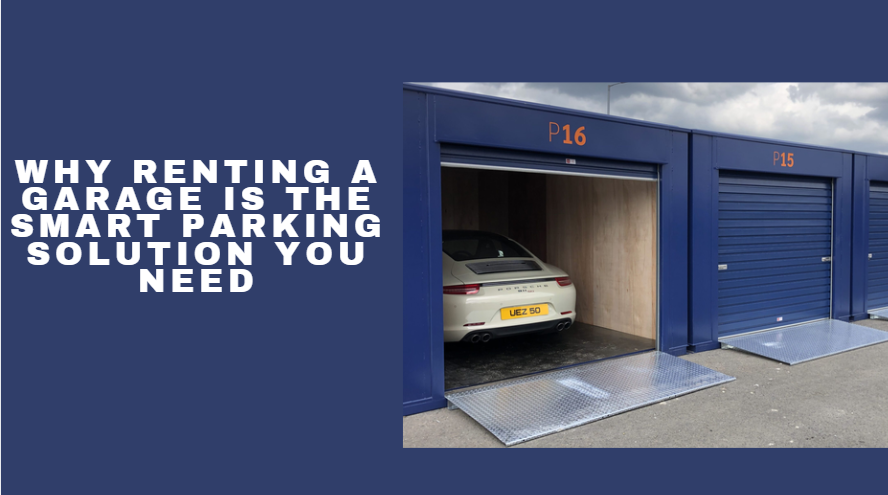In the fast-evolving world of electric motor manufacturing, maintaining quality while achieving high production speeds is a constant challenge. At the heart of this process lies the stator, a crucial component responsible for generating the magnetic field that drives motor performance. Efficient and precise stator production is vital to ensuring the reliability and efficiency of motors used across a wide range of industries. Modern production facilities now rely heavily on stator winding equipment and electrical motor winding machine to meet these demands.
These advanced machines streamline the winding process, eliminate manual errors, and ensure consistent output in high-speed production environments. In this article, we will explore the significance, structure, advantages, and applications of stator winding equipment and electrical motor winding machines in modern manufacturing.
Understanding the Importance of Stator Winding
What is a Stator?
A stator is the stationary part of an electric motor, made up of a core and windings. The windings are copper or aluminum wires placed precisely in slots of the laminated iron core. When current flows through these windings, they produce a rotating magnetic field that interacts with the rotor, initiating motor movement.
Why Precision Winding Matters
The performance of an electric motor heavily depends on the precision of the stator winding. Any deviation in winding pattern, tension, or alignment can lead to inefficiency, noise, heat generation, and even complete motor failure. Therefore, manufacturers must utilize high-quality stator winding equipment to maintain consistency, especially in large-scale or fast-paced production settings.
What is Stator Winding Equipment?
Definition and Purpose
Stator winding equipment refers to specialized machinery used to automate and control the process of winding electrical wire into the stator core. These machines offer a high level of precision and efficiency, supporting various motor types including AC motors, DC motors, and brushless DC motors.
Components of Stator Winding Equipment
A typical stator winding system may include:
- Wire Feeding Unit: Supplies the winding wire at controlled tension.
- Winding Head: Rotates and places the wire in stator slots accurately.
- Indexing Table: Moves the stator into position for multi-phase winding.
- Control System: Manages parameters like turns, speed, and wire tension.
- Safety Enclosures: Ensure operator safety during high-speed operation.
Electrical Motor Winding Machines in Action
Overview
An electrical motor winding machine automates the entire winding process for motor coils. These machines are designed to deliver consistent quality at scale, operating with programmable logic controllers (PLCs) that precisely manage every step of the winding process.
Types of Electrical Motor Winding Machines
- Needle Winding Machines: Ideal for compact stator slots with tight tolerances.
- Flyer Winding Machines: Used for larger stators, providing rapid coil wrapping.
- Toroidal Winding Machines: Suitable for circular or ring-shaped stators.
- Segmented Winding Machines: Handle segmented stator designs for modular motors.
Each machine type serves a specific need, allowing manufacturers to choose the best fit for their motor designs and production volumes.
Key Benefits of Using Stator Winding Equipment
High Precision and Consistency
Automated winding machines eliminate the variation introduced by manual winding. Each stator produced has identical winding patterns, ensuring consistent performance across production batches. This is critical for industries that demand high reliability, such as aerospace, automotive, and medical equipment.
Increased Production Speed
Modern electrical motor winding machines operate at extremely high speeds while maintaining accuracy. They can wind thousands of turns in minutes, significantly reducing the production cycle and increasing output.
Labor Efficiency
Automated machines reduce the need for manual labor and skilled operators. Once programmed, the machine can run multiple cycles with minimal supervision. This frees up human resources for other value-added tasks in the production process.
Quality Control and Monitoring
Most advanced winding machines come with integrated quality monitoring features. These include sensors and software that track wire tension, number of turns, and alignment. If a fault is detected, the machine alerts the operator or stops automatically, preventing defective products from progressing further.
Flexibility in Design
Modern stator winding equipment is highly adaptable. It can be reprogrammed for different motor designs, wire gauges, winding patterns, and slot configurations. This allows manufacturers to respond quickly to changes in product design or market demand.
Energy Efficiency and Reduced Waste
Precise winding minimizes wire waste and ensures optimal use of materials. Additionally, the efficient operation of these machines reduces energy consumption, contributing to greener manufacturing practices.
Applications in Various Industries
Automotive
Electric vehicles rely heavily on high-performance electric motors. Precision-wound stators ensure quiet operation, better energy efficiency, and longer motor life. Automated winding equipment enables automotive manufacturers to meet growing market demand while maintaining quality.
Home Appliances
Appliances like washing machines, air conditioners, and refrigerators use motors with different specifications. Electrical motor winding machines help produce motors at scale without compromising performance, ensuring consistent quality for consumer products.
Industrial Automation
Robots, conveyors, and machine tools require motors with precise characteristics. The repeatability of automated winding ensures motors perform predictably in critical automation tasks.
Renewable Energy
Wind turbines and solar inverters rely on robust electric motors and generators. Automated stator winding equipment ensures that these energy systems operate efficiently under harsh conditions and for long durations.
Aerospace and Defense
In high-stakes environments like aerospace, motor failure is not an option. Stator winding equipment supports the production of motors with extremely tight tolerances and rigorous testing standards.
Challenges and Solutions in High-Speed Production
Managing Heat and Friction
High-speed winding generates heat, which can damage insulation or deform wire. Advanced machines use cooling systems, friction-reducing guides, and precise tension control to mitigate this issue.
Ensuring Machine Uptime
Machine downtime can severely impact production. Modern systems include predictive maintenance features, remote monitoring, and diagnostics that help minimize disruptions.
Handling Complex Motor Designs
As motor technology evolves, designs become more complex. Electrical motor winding machines are now equipped with software that allows for custom winding paths, layered windings, and integration with CAD models for better accuracy.
Adapting to New Materials
New materials like high-temperature wire coatings and composite stator cores require careful handling. Stator winding equipment is now designed with adjustable parameters to accommodate such materials without compromising quality.
Future Developments in Winding Technology
Smart Manufacturing Integration
The next wave of production integrates IoT, cloud computing, and AI. Machines will not only perform tasks but also analyze performance, suggest optimizations, and adapt in real-time to production data.
Eco-Friendly Design
Sustainability is a growing concern. Manufacturers are designing winding machines that use less power, create less waste, and can be easily recycled or upgraded.
Enhanced User Interfaces
Touchscreen interfaces, remote controls, and easy programming will make it simpler for operators to manage and switch between different winding programs quickly.
Collaboration with Robotics
Robotic arms are increasingly being used to load and unload stators, perform quality checks, and assist with secondary processes like taping or soldering. Integration with winding machines will lead to fully autonomous production lines.
Conclusion
As the demand for electric motors continues to grow across sectors, maintaining quality in high-speed production is more important than ever. Stator winding equipment and electrical motor winding machine offer the perfect solution by combining speed, precision, and adaptability. These advanced tools ensure that every motor produced meets stringent quality standards, reduces labor dependency, and keeps production lines running smoothly.
From automotive to industrial automation, these machines are revolutionizing how stators are built. Investing in modern winding technology not only improves production efficiency but also strengthens a manufacturer’s ability to stay competitive in a rapidly evolving market. The future of motor manufacturing is undeniably tied to the performance and reliability of winding equipment—and those who harness its full potential are set to lead the industry forward.



